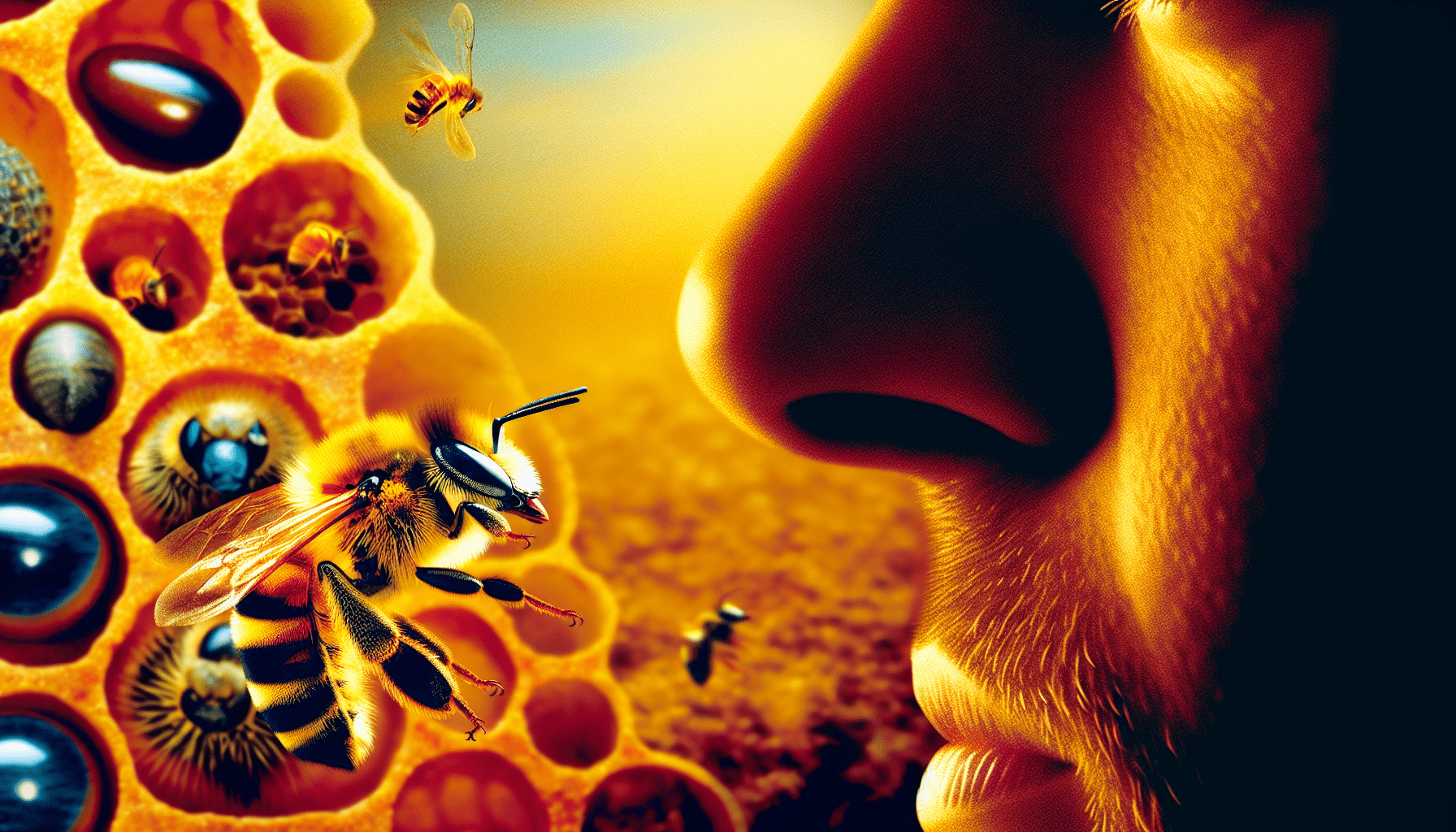
Interestingly, this unique vision also plays a role in how bees recognize patterns. They might not process faces as we do, but their brains are wired to spot contrasts and shapes in their environment. For instance, research indicates that bees can learn to associate specific patterns with rewards. In studies, when bees were trained to recognize simple shapes or images, they could recall these patterns even after a significant time lapse, demonstrating an impressive memory capacity.
The mechanics of their vision suggest that the way bees perceive human faces would be distinct. They don’t focus on features like eyes or mouths but instead on the overall pattern or arrangement of facial structures. That’s where strange facts come into play: bees can recognize faces not through fine details but through a holistic approach, picking up on the shapes and contrasts that make each face unique.
This ability underscores a fascinating intersection between the insect world and human experience, showing that recognition can occur through very different sensory filters. Appreciation of their visual mechanics offers insights not just into their intelligence but into the broader tapestry of life’s adaptations.
Research on Facial Recognition in Bees
Recent studies have revealed some intriguing insights into how bees tackle the challenge of facial recognition, even though their visual systems vastly differ from ours. In a controlled experiment, researchers trained honeybees to associate various patterns with sugar rewards. The bees learned to recognize these patterns, showing that they could differentiate between them based purely on visual cues. This method of training not only underscores the cognitive ability of bees but also highlights their potential to recognize more complex figures, like human faces.
One particularly fascinating finding involved a series of training tests where bees were exposed to images of human faces alongside non-facial images. Remarkably, the bees demonstrated a preference for the faces, suggesting that they were able to identify and remember the facial patterns associated with positive experiences. When researchers later presented the bees with new faces, these tiny creatures still managed to select previously rewarded faces with impressive accuracy. This suggests a level of recognition that goes beyond simple pattern recognition to something akin to memory-based recognition.
Moreover, the approach bees take is certainly unconventional. Instead of honing in on features like we might, bees focus on the overall configuration and contrast between the different elements of a face. This brings to light some strange facts about their recognition abilities: they can successfully navigate social interactions and identify other individuals, not by recognizing intricate details but rather through broader patterns. This capability likely evolved as a means for bees to interact with their hive members, enhancing their social structures.
The implications of this research stretch beyond mere novelty. By understanding how bees process visual information, we open the door to appreciating the complex ways different species interpret the world around them. The exploration into bee recognition is a reminder that intelligence and perception come in many forms, shaped by the unique needs of each species.

